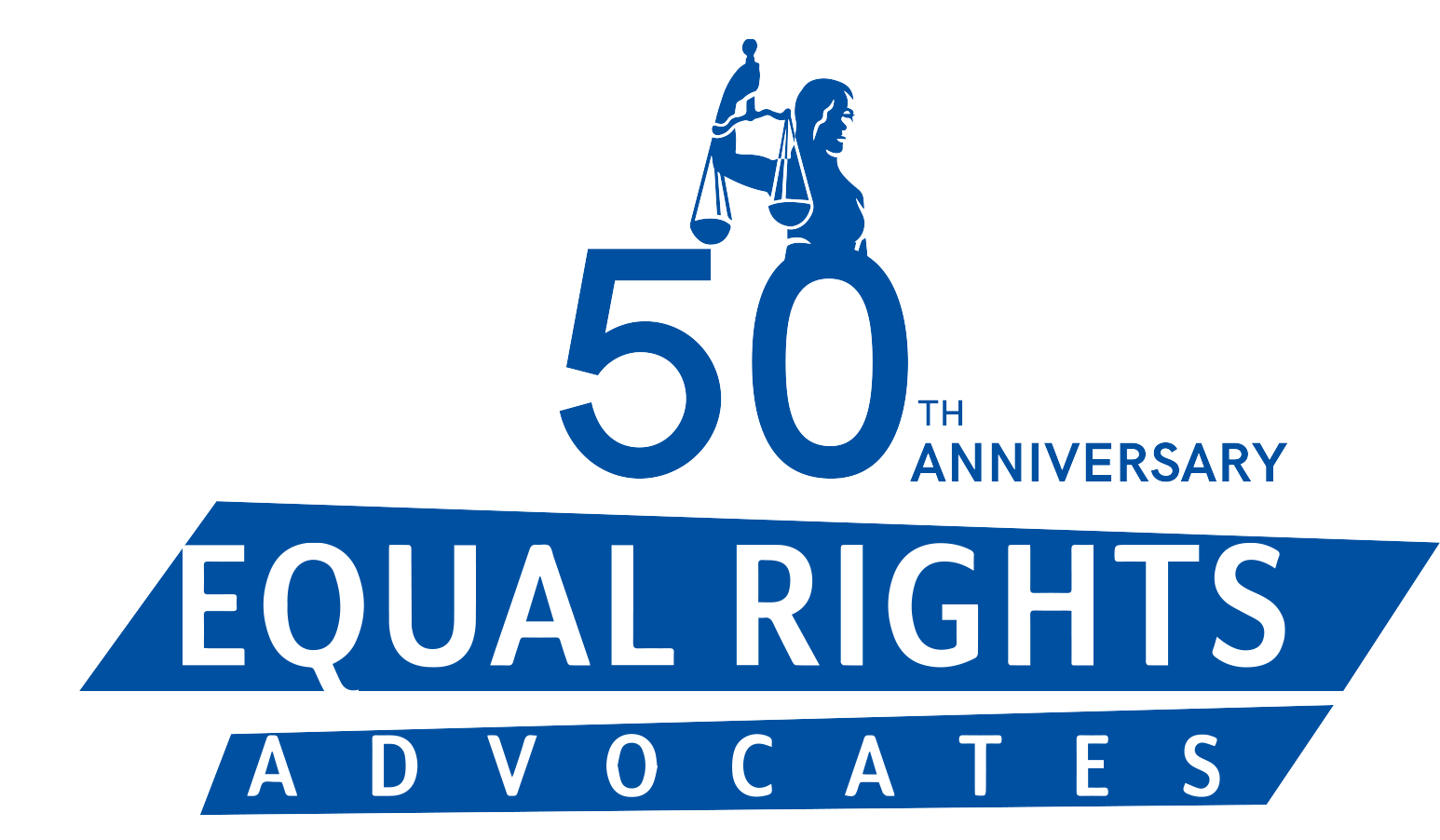How to Connect with Other Survivors
Student Survivor Toolkit: Download the PDF

Through connection we empower, we grow, we heal, and we build community. For some, connecting with other survivors can be a meaningful step in their journey. To share space and create relationships with individuals who have experienced something similar to you can begin to foster a community filled with support and understanding. It takes strength and courage to share your story, and as a survivor, your resiliency shines through as a powerful tool for connection.
Here are some ideas about how to connect with other survivors:
1. Join a survivor support group in your area.
A great way to connect with others is to join a local support group for people who are going through a recovery process of some kind, or a social group for those simply seeking new friendships or a fresh sense of community. For some survivors, connecting with a new group of people can help build a new safe space to explore being social, where the trauma they experienced feels slightly more removed. For others, it can be difficult to meet and be around new people. Do what’s best for you.
Many schools, organizations, churches, and community centers host these kinds of gatherings regularly, such as restorative justice groups, book clubs, counseling support groups, hiking groups and more. Find one that aligns with what you are comfortable with and attend to see if it’s a good fit.
2. Join advocacy efforts.
If you are a student, most campuses across the nation have student groups or organizations that are doing amazing work around gender justice and sexual assault and harassment awareness. If you are in the workforce, there are gender justice organizations and community centers that have inclusive organizing or volunteer opportunities as well. Check out SafeBae’s volunteer program or use RAINN’s volunteer search function to find an opportunity in your local area.
There are a multitude of ways to engage in survivor activism work, including at Equal Rights Advocates. (See the Healing & Power through Activism section of this Toolkit.) Getting involved in community organizing is a great way to connect with other survivors.
3. Participate in Equal Rights Advocates survivor focus groups.
Equal Rights Advocates hosts focus groups periodically to learn how we might be able to improve our survivor services. During these focus groups, we also help facilitate a dialogue between survivors to share their stories, discuss challenges they’ve faced, and more. Some of the survivors who have participated in these focus groups have remained connected to each other and even organized additional events together. If you attend an ERA focus group, you will have the opportunity to meet other survivors from all over the country!
4. Engage with an online forum.
There are numerous online blogs, forums, chat centers and more that are created for survivors to be able to connect. These overcome any geographical barriers, and some even have participants from around the world. Especially during a time when remote accessibility is important, this can be a great way to still engage in a space that fosters connection. RAINN and Pandora’s Project both have survivor recommended online forums.
5. Become a mentor.
For some, becoming a mentor to other survivors is how they remain connected to the community. To assist others in their journey and provide advice or support is healing for all who are involved. There are opportunities to mentor through community organizations, school advocacy groups, online, and more. Check out the mentorship opportunities at Pandora’s Project, SafeBae, and Our Resilience.
Here are some useful tips to think about when connecting with other survivors:
6. Take space and check in with yourself.
Trauma affects us all differently. It might be helpful to think about providing some time before and/or after connecting with other survivors to do a self check-in. A self check-in can be journaling, a breathing exercise, calling a friend, taking a walk, or another self-care activity that provides space for reflection.
7. Listening is support.
When connecting with other survivors, listening to what they are ready to share can be an essential form of showing your support. Practice gently infusing empathy into how you choose to engage with them. Advice can be helpful, but sometimes listening is all that is needed.
8. Connect, don’t compare.
It is human nature for us to feel inclined to compare ourselves to others. However, it is not a beneficial route to take for yourself. When connecting with other survivors, it is important to remember that everyone’s journey is different, everyone has unique experiences and stories to share, and everyone may be at a different point in their own journey.
For some, useful tools such as remaining present or actively engaging in positive affirmations can reroute comparative ways of thinking. For instance, “I embrace my journey, because it is uniquely designed for me,” is an example of a helpful affirmation to recite when you feel your mind is being taken down the comparison route. (See the Self-Care for Survivors section of this Toolkit for more survivor-centered self-care tips.)
